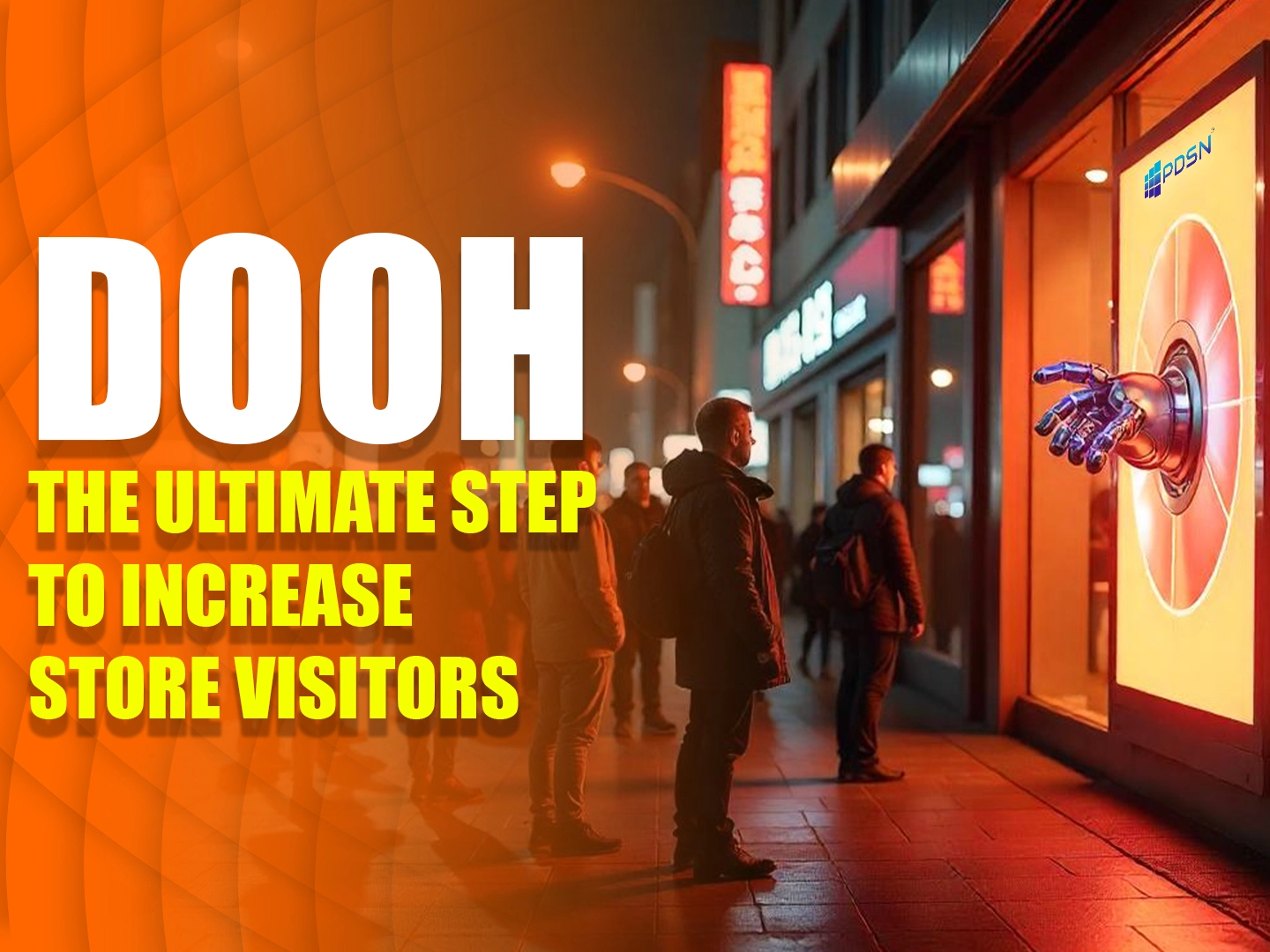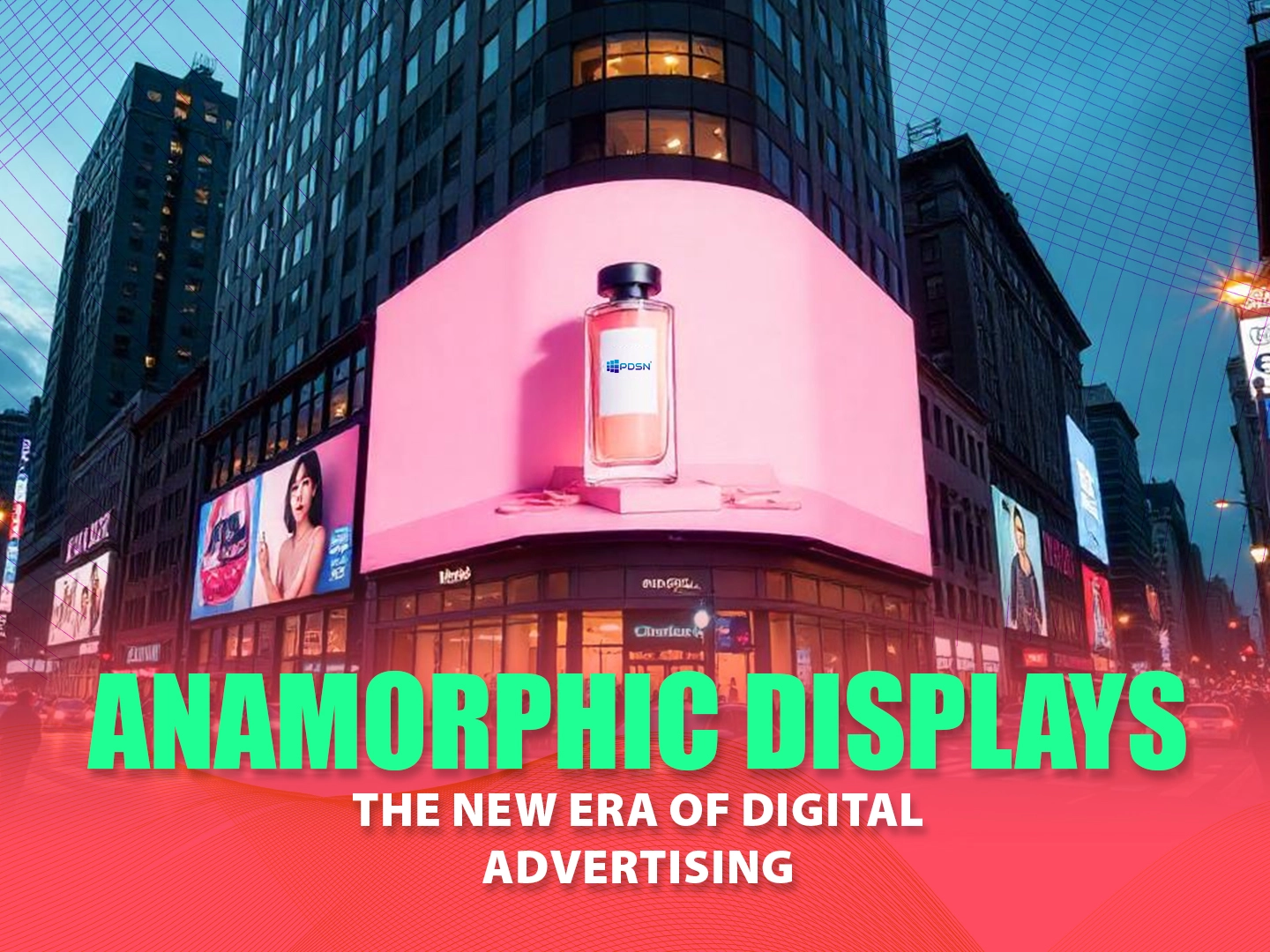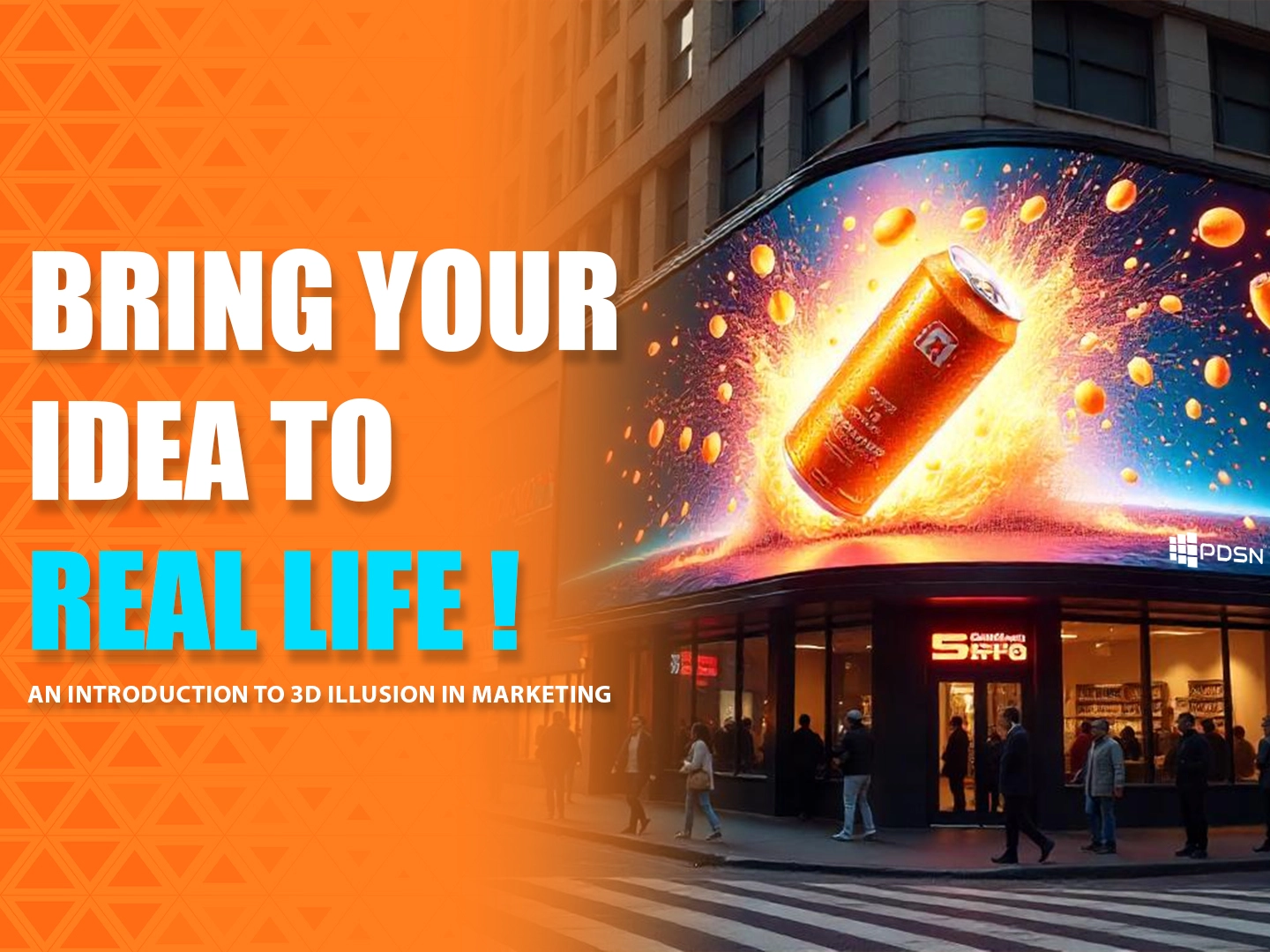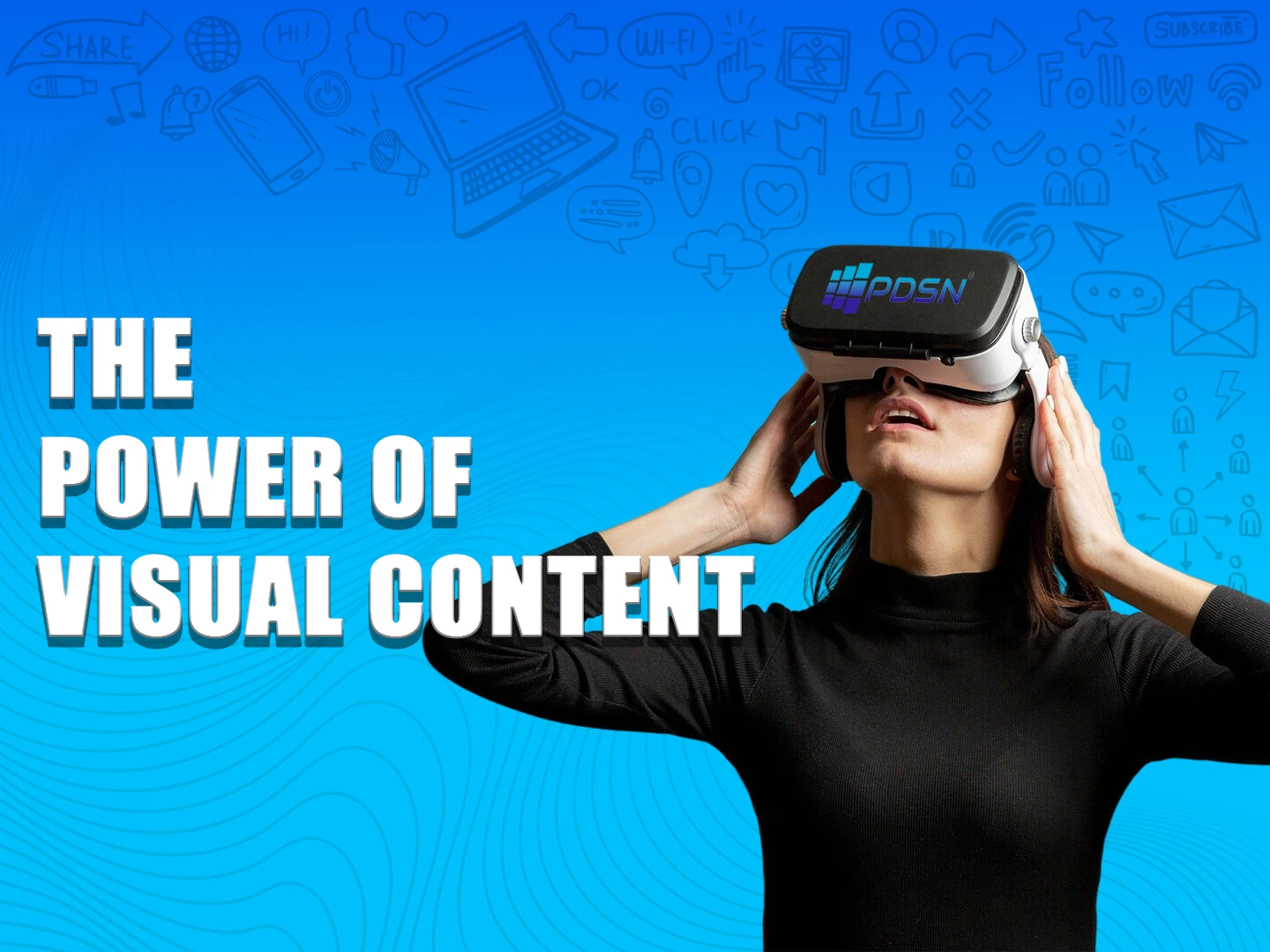
How Retail Brands Are Utilizing DOOH to Increase Store Visitors
11 June • PDSN Media
In the current competitive retail environment, attracting customers into physical stores has become more difficult than ever. Digital Out-of-Home (DOOH) advertising has surfaced as an effective strategy for retail brands looking to increase foot traffic and improve in-store experiences. By harnessing dynamic, context-sensitive, and location-tailored content, retailers can engage consumers in real-time and encourage them to visit their stores.
1. Accurate Targeting Using Proximity and Weather-Triggered Messaging
Retailers are progressively adopting DOOH to present customized messages that reflect consumers' immediate environments and weather conditions. Proximity targeting ensures that ads are shown close to relevant locations—like competitor outlets or high-footfall areas—maximizing exposure.
Incorporating weather-based triggers allows messaging to align with local conditions. A clothing brand, for example, can promote raincoats during monsoons and swimsuits on sunny days, ensuring high contextual relevance.
2. Dynamic Creative for Real-Time Engagement
Dynamic creative allows retailers to update DOOH content in real time, integrating features like countdowns, local promos, or even live directions to the nearest store. This builds urgency and freshness in messaging. For example, a flash sale countdown can drive spontaneous visits.
3. Connection with Retail Media Networks (RMNs)
Collaborations via Retail Media Networks (RMNs) are supercharged by DOOH. A great example is L’Oréal’s partnership with Walmart to promote Elvive Dream Lengths. Digital screens at store entrances and parking lots displayed custom messages with QR codes for instant access to product info or online ordering—bridging online and offline seamlessly.
4. Improving In-Store Experiences with Interactive Technologies
Retailers are enhancing the physical store experience with tech-enabled DOOH. Superdry, for example, deployed smart mirrors that let customers virtually try on apparel. These experiences are not only engaging but also make in-store shopping more efficient and memorable—especially during shopping events like Black Friday or festive seasons.
5. Enhancing Campaigns During Major Shopping Events
Strategically aligning DOOH campaigns with peak shopping seasons—such as Black Friday or Diwali—helps maximize impact. Retailers can highlight limited-time deals, festive offers, or launch events right when consumers are in buying mode. Time-triggered scheduling ensures ads appear when conversion probability is highest.
Conclusion
DOOH offers retail brands a powerful toolkit to increase store visits and engage audiences contextually. With smart targeting, dynamic creatives, RMN integration, and interactive tech, brands can create compelling in-store journeys. As competition intensifies, those who leverage DOOH effectively will win both attention and foot traffic.
Related Posts

Exploring the Magic of Anamorphic Content: Real-World Examples
Anamorphic content is transforming advertising by turning flat surfaces into immersive 3D illusions....
Read More →
Anamorphic Content: What Is It? An Introduction to 3D Illusion in Marketing
DOOH is redefining the future of outdoor advertising. From dynamic displays to real-time data and pr...
Read More →
The Power of Visual Content: Why Images and Video Dominate Today’s Media.
What makes pictures and videos so captivating? The power of visual material will be examined in this...
Read More →